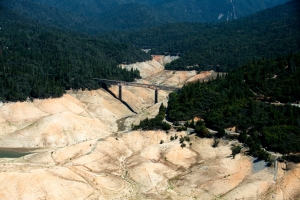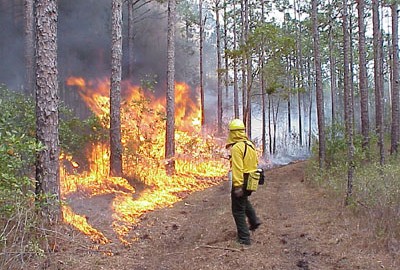Water-Smart Renovation Project in Capitol Park
Capitol Park is the oldest arboretum west of the Mississippi River. It sets on 40 acres that surround the Capitol. It has been called “California’s front yard”. It was founded in 1860. It contains over 1,000 trees. Many of them are historic icons. Some were removed from Civil War Battlefields and replanted in the Park. Located on the Park grounds are over 150 monuments relating to significant events and people involving California. The World Peace Rose Garden is one of the finest in the country. It is considered the official park of California. It is worth taking the time to tour these historic grounds.
William Baker and Associates LLC (WBA) have been consultants in the Park for over 15 years. The company Principal, William Baker, co-authored the “CAPITOL PARK TRAINING MANUAL – Descriptions and Guidelines for Horticultural Practices”. We continue to provide advice and training to Park staff, and maintain a research site on the grounds. The research is part of a study funded by the Dept. of Water Resources and managed by the University of California. WBA is the contractor on the project. Previous studies in the Park that involved WBA include an organic mulch demonstration site.
The California Department of General Services (DGS) has just initiated a new Water-Smart Renovation project in Capitol Park. A mulching demonstration site has been installed on the East steps of the Capitol. This location will be highly visible to the more than one million visitors that come to the Park each year. It is the first step towards the removal of 76,000 square feet of turfgrass. Further improvements include the creation of a drought-tolerant demonstration garden and a park-wide efficiency audit of the irrigation system. If funding is approved, a new irrigation system could be installed and operational by 2018. It would be designed to utilize recycled water.









Follow Us!